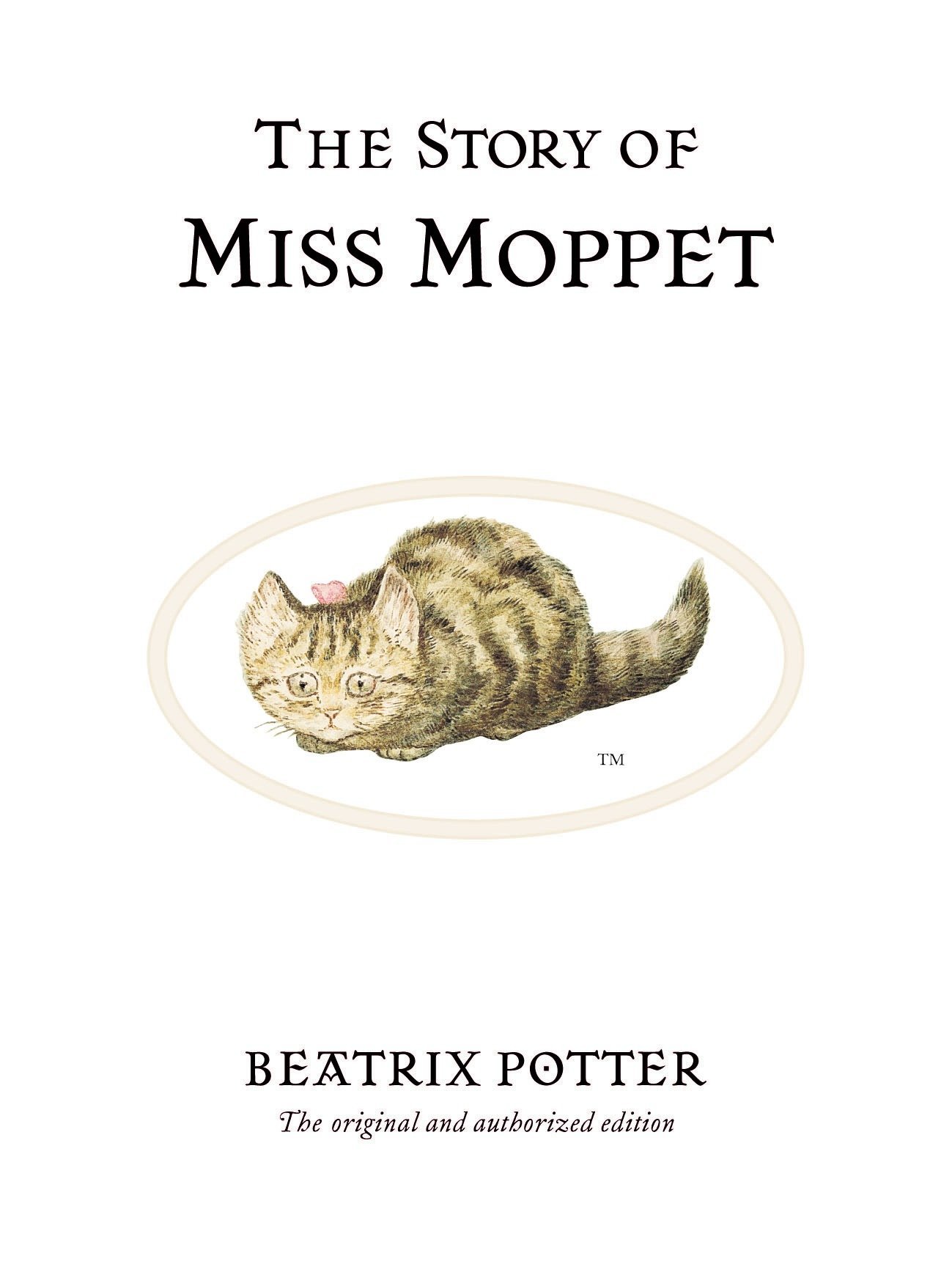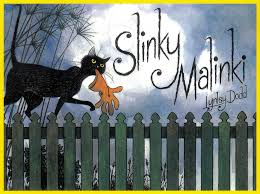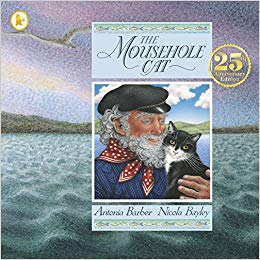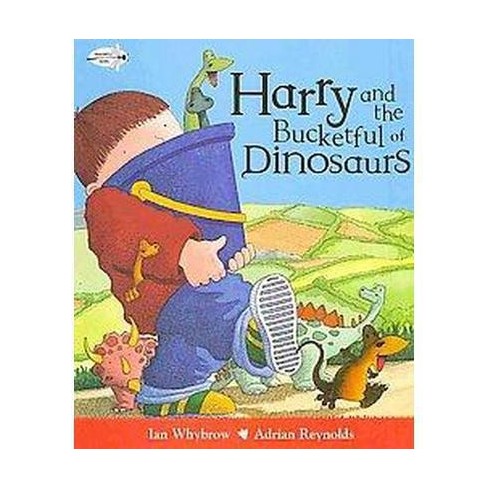More in the Series – Curious George
“More in the Series” scores the other books in a series where one (or more) of the books have made it into the 1001 Books list. Mostly because I’m a bit of a completionist.
POINTS: 3 out of 10.
Bechdel: 0 points
Variety of characters: 0 points
Good story: 2 point
Discretionary ideological points: 1 point

The Curious George books unfortunately really don’t stand up to modern scrutiny very well. They are still a delight to read, and the kidlet definitely has enjoyed them (and I think still does, despite being a bit old for them now). Worth the read, but be prepared for some jarring ideological things.
The only women in this one are the woman whose apartment George “redecorates” (much to her dismay), and the nurse he encounters after he breaks his leg. Everyone else of any significance is a male. The world of George (in the books – the TV show was quite different, as I recall) is a fairly WASPish one. The inherent colonialism is still pretty prevalent.
As a zoo professional, I found myself balking much more at the depiction of the zoo than I used to. My darlings, zoos are no longer like this! (At least not the good ones.) All the tiny cages and interchangable zookeepers. Blargh.
Having said all that, George, as a character, is fairly redeeming. His curiosity certainly gets him into trouble, but the adults around him have a tendency to treat it with kindness and opportunities to learn rather than with cruelty and discipline, which, frankly, for a book of its era, is pretty great.
It is worth a read. The story is a bit meandery – a far cry from today’s picture books which tend to be fairly single-themed and to the point. Nowdays this book would have been about three books. 😉 But it’s still a fairly good read.
![]()








